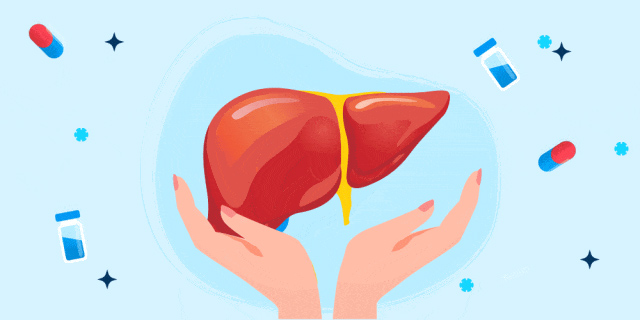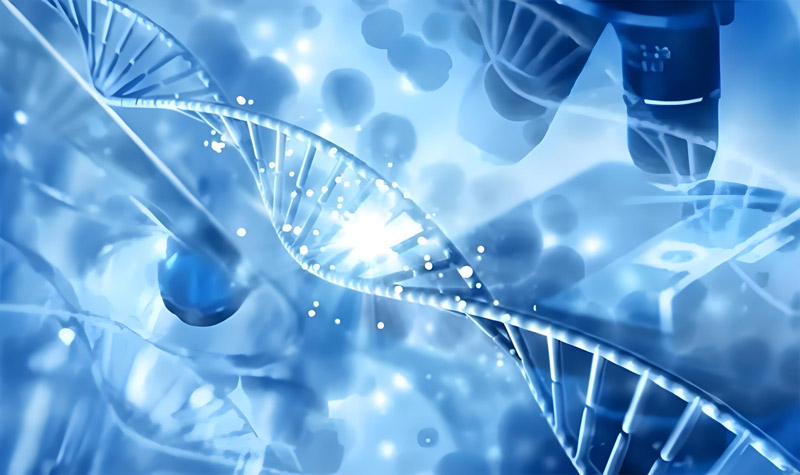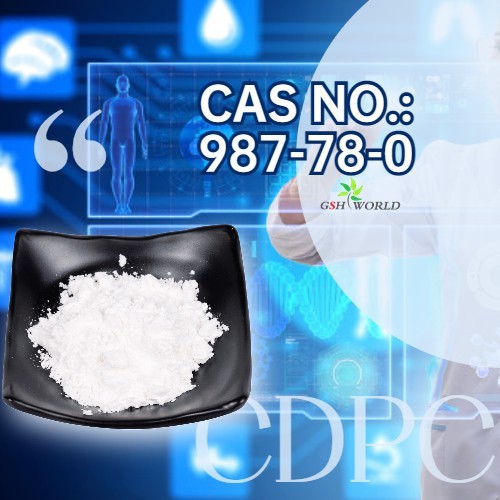Liver disease is an important public health problem worldwide, and liver health is essential for life health.
GSHWORLD, as a raw material manufacturer of adenosylmethionine 1, 4-butyldisulfonate, provides high-quality API products for the world.
Product introduction
Adenosylmethionine 1, 4-butyldisulfonate as an important salt form of adenosylmethionine, can be used to protect the liver and liver, the main application scenarios for medicine, some countries are also used as health products.
Its active substance adenosylmethionine is a natural substance present in the human body, and low levels in the body can cause a series of physiological diseases, such as cholestasis.
Supplementation of exogenous adenosylmethionine can maintain normal life activities.

【Product name】 1, 4-butyldisulfonate adenosine methionine
【Exterior view】 White crystalline powder
【 C A S 】 101020-79-5
【 sub-amount 】 758.55
【Subformula】C15H23N6O5S+·C4H9O6S2-·0.65C4H10O6S2
Function and application
1. Physiological function
How does 1, 4-butanedimethionine work?
The methyl group, sulfur group and propylamino group in the structure of adenosylmethionine play the role of transmethylation, sulfur group and propylamino group in the metabolic pathway, respectively.

transmethylation
Adenosylmethionine is a methyl donor in many methylation reactions. It is required for the synthesis of DNA, protein and phospholipid.
In the liver, adenosylmethionine generates phosphatidylcholine and methylated phospholipids through transmethylation, which helps to improve the fluidity of liver cell membranes and promote bile excretion, thus improving the symptoms of cholestasis.
transsulfurization
S-adenosylhomocysteine (SAH) is formed after the transmethylation of adenosylmethionine, and homocysteine and adenosine are formed after the hydrolysis of SAH. Homocysteine, as a key intermediate, can synthesize cysteine and Glutathione through the transsulfuration. These substances can play detoxification and antioxidant effects and reduce the damage of liver cells.
Transaminopropyl action
Adenosylmethionine is involved in the synthesis of biopolyamines, such as spermidine and spermidine, through the transfer of aminopropyl, which can regulate cell growth and inhibit inflammatory cytokines.
At the same time, the adenosine produced in the reaction will be converted into L-Met to complete the replenishment of L-Met in the body.
2. Clinical application
At present, the approved indications for 1, 4-butanedimethionine in China are:
1) Applicable to pre-cirrhosis and intrahepatic cholestasis caused by cirrhosis;
2) It is suitable for intrahepatic cholestasis during pregnancy.
Cholestasis is a disease in which the flow of bile is impaired at a location between liver cells and the small intestine.
If not treated properly, it can lead to serious health conditions.
Persistent intrahepatic cholestasis can lead to irreversible changes in the liver, which may lead to cirrhosis, liver cancer, and eventually liver failure.
The continuous onset of intrahepatic cholestasis can also lead to serious complications in other systems, such as central nervous system dysfunction, myocardial contractility decline and bradycardia in the cardiovascular system, and eventually lead to multiple system injuries.

First marketed in 1975, adenosylmethionine has been on the market for 50 years and is still the main recommended drug in the Guidelines for the Management of Cholestatic Liver Disease, demonstrating its efficacy in the treatment of cholestasis.
The aim of drug therapy is to improve the clinical symptoms and liver damage caused by cholestasis. The main drugs are UDCA, S-adenosyl-L-methionine (SAMe), colestenamine, obercholic acid and bate drugs.
Clinical studies at home and abroad have shown that adenosyl methionine can not only improve liver function, but also improve the emotional state of patients, and play an anti-depression and anti-anxiety role, which is more conducive to the improvement of patient prognosis.
For example, a study has shown that in the treatment of chronic hepatitis B patients with depression, adding adenosyl methionine therapy on the basis of conventional treatment can reduce liver function indicators (including alanine aminotransferase (ALT), aspartate aminotransferase (AST), total bilirubin (TBIL), total bile acid (TBA)) more significantly, and SDS and SAS scores are lower.

Reference materials:
[1] Oden K L, Clarke S. S-Adenosyl-L-methionine synthetase from human erythrocytes: role in the regulation of cellular S-Adenosylmethionine levels[J]. Biochemistry, 1983, 22(12): 2978-2986.
[2] LIEBER C S, L Packer.S-Adenosylmethionine: molecular, biological, and clinical aspects—an introduction [J].The American Joumal Of Clinical Nutrition,2002,76(5):1148S-50S.
[3] MATO J,AI,VAREZ L, ORTIZ P, et al.S-adenosylmethionine synthesis: Molecular mechanisms and clinical implications[J]. Pharmacology&Therapeutics, 1997, 73(3):265-80.
[4] Giulidori P, Galli-Kienle M, Catto E, et al. Transmethylation, transsulfuration, and aminopropylation reactions of S-adenosyl-L-methionine in vivo*[J]. Journal of Biological Chemistry, 1984, 259(7): 4205-4211.
[5] Sekula B, Ruszkowski M, Dauter Z. S-adenosylmethionine synthases in plants: Structural characterization of type I and II isoenzymes from Arabidopsis thaliana and Medicago truncatula[J]. International Journal of Biological Macromolecules, 2020, 151: 554-565.
[6] BOTTIGLIERI T. S-Adenosyl-L-methionine(SAMe):from the bench to the bedside-molecular basis of a pleiotrophic molecule[J]. The American Joumal Of Clinical Nutrition,2002,76(5):1151S-7S.






